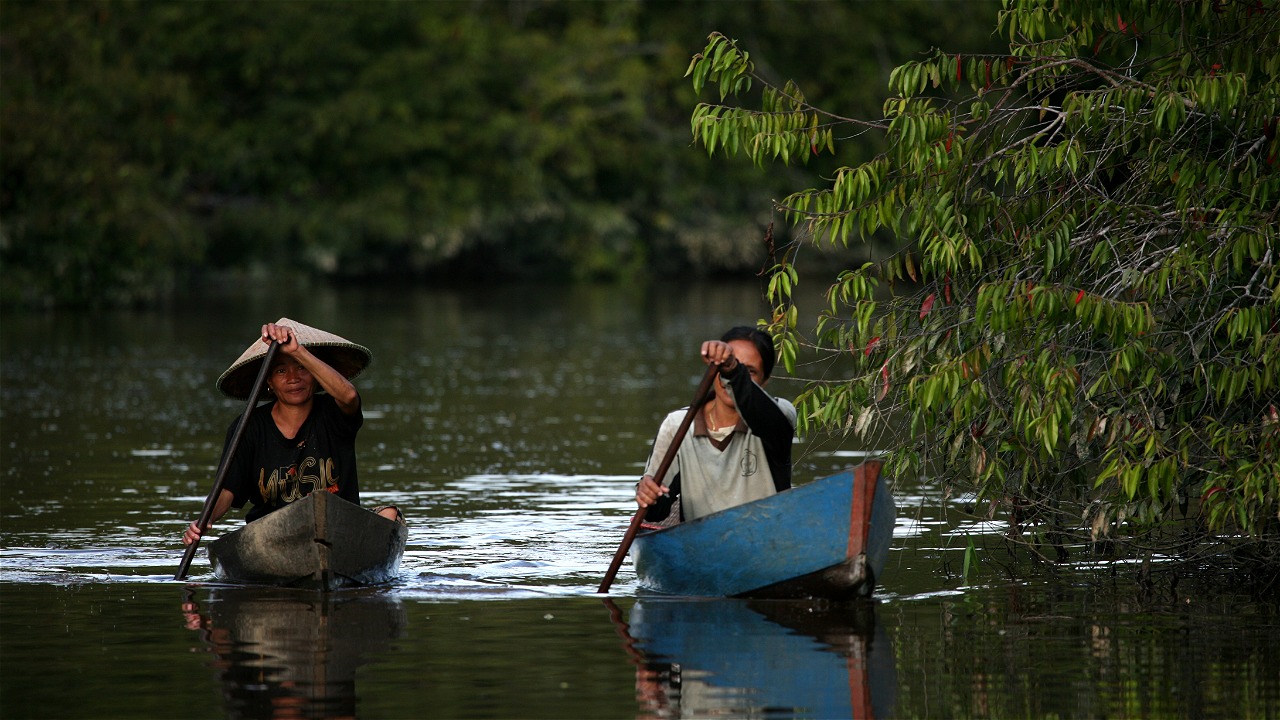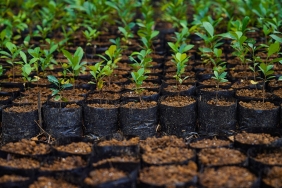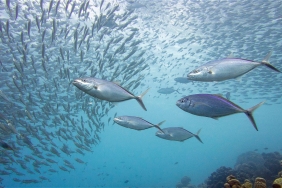GREEN LIFESTYLE AS THE BEST SOLUTION TO ENVIRONMENTAL PROBLEMS
By: Natalia Trita Agnika
Commemorating World Population Day which falls on July 11, we are made aware of the fact that currently the rate of human population growth on earth seems difficult to stem. In 2011 alone, the United Nations (UN) noted that the world population reached 7 billion people and is expected to increase sharply to more than 9 billion by 2050.
One of the impacts of the rate of human population growth is the rampant activity of settlement development that often ignores aspects of natural balance. Green Open Space (RTH) has been reduced, replaced by housing, offices, and other buildings. For example, the 2012-2032 Bandung city green space master plan states that the total green space area in 2011 was 1,910.49 hectares (ha) or 11.43% of the city area (source: bplh.bandung.go.id). Meanwhile, DKI Jakarta's RTH in 2014 was 149.18 hectares of the total area of DKI Jakarta, which is 66,233 hectares (source: bplhd.jakarta.go.id). In fact, based on Law No. 26 on Spatial Planning (Law No. 26/2007), each city/regency must have 30 percent of green space in its area.
RTH has important ecological functions, namely to improve groundwater quality, prevent flooding, reduce air pollution, and lower temperatures. As water catchment areas decrease, problems such as clean water crisis and flooding become common in urban areas.
Increasing population also increases waste production. World Bank data in 2010 noted that humans produce as much as 2.5 million tons of waste per day. That figure is equivalent to the weight of 193 thousand African elephants. Not only is this waste a source of disease and an eyesore, but it also poses a new threat to rare and endangered species that often mistake it for food.
Such is the complexity of the problems arising from the human population explosion, it should be concerned by various parties and find the best solution so that human survival on earth can continue. We as individuals are partly responsible for the pressure experienced by the environment because our daily activities greatly affect environmental conditions. So it cannot be delayed anymore, every individual must start implementing a green lifestyle as a form of responsibility for the increasingly alarming environmental conditions. Habits such as saving water, sorting waste, planting trees or reforesting critical areas, and reducing the use of plastic bags, are concrete actions to reduce the pressure experienced by the earth due to the growing human population. This green lifestyle has a wider impact if it is transmitted to others.
Find various examples of green lifestyle-oriented behavior in the "Green Lifestyle WWF" sticker series. These stickers can be downloaded at Blackberry Messenger Shop. By adopting a green lifestyle, we are helping to reduce one of the many negative impacts of the increasing human population on earth.





